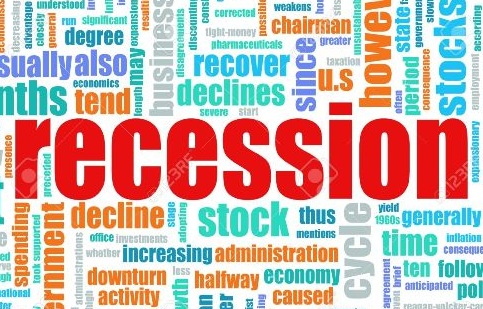Understanding brand building in a recession

It is no longer news that since 2015, brand handlers in Nigeria have been facing challenges.
Besides the worst economic recession in recent years and rising unemployment, 2015 was also an election year, during which a change of government was effected, as the then ruling party, Peoples Democratic Party, PDP, lost power to the then rival All Progressives Congress, APC.
The crisis facing Nigerians, have continually affected consumption, as inflation has hit the roof tops at about 17 per cent, according to the National Bureau of Statistics. And, for the first time in many years, Nigerians are finding it difficult to survive.
The brand business was not spared from the challenge either. In Fact, the situation has adversely affected brands very strongly.
According to a Nielsen study that analyzed 35 product categories, the market share commanded by leading brands, went from 69.9% at the end of 2015, to 64.9% by the end of 2016. They lost position not only because of a generalized decrease in consumption, but also due to the growing importance of value brands and own label.
As the communication reeled from the last year shows, many brands failed to adapt their message to the new mood. Others just don’t say anything: explaining why brands don’t do anything for them.
Daily Times gathered some of the leading brands in the Nigerian financial sector have been charging customers without communicating the reason to them.
While it is believed that, brand is the most powerful intangible asset, understanding a brand’s worth to the business in financial terms, is also an essential part of managing, protecting and measuring it. Identifying exactly how the brand contributes to revenues means it can be strengthened and improved to keep the business relevant and competitive.
Experts are of the view that, the strategy is not to lower your price and communicate that your brand is worth it, because it performs better or yields more.
In a time of uncertainty, yield and quality reassurance can be very powerful.
However, this works better in those categories where performance is a real concern for the consumer and there is an image that low price brands may not perform, as well as, leading brands. There is performance risk and you only remind the consumer about it.
Speaking on how a brand can attain its full potential in an economic recession, Doreen Wang, Global Head of BrandZ, Kantar Millward Brown said, New and emerging digital technologies, channels, and formats offer opportunities to boost equity. Digital channels have a huge role to play in strengthening engagement by making a brand more present and active in consumers’ lives. Fully leveraged digital channels can be used to develop and amplify brand attributes through a consistent, relevant, and compelling 360-degree customer experience.
This will create the associations and perceptions in consumers’ minds that predispose them to choose a brand. The opportunity is enormous, but it must be pursued correctly.
According to her, multiple digital touchpoints and interactions offer opportunities to capture data on how consumers interact with and perceive the brand.
This allows marketing activities to be optimized at exactly the right points in the customer journey to build relationships in the short term, and loyalty for the long term. Immediate feedback can be used to personalize the customer experience and communications.
Doreen also said that, it’s also imperative that the security strategy is integrated with the digital strategy. For the sake of effective data protection and information management, security controls need to evolve as the business adopts new technologies and ways of working, and as customer journeys develop.
As a business becomes more customer-centric, data should be sufficiently protected at every point it is collected, shared, used, and stored.
Also speaking, a brand and marketing analyst, Adewale Okoya told Daily times that, consumers expect a seamless experience across all channels, and every interaction should reflect the brand’s values and work towards a collective purpose.
First, the digital strategy needs to be aligned across all channels. This may sound obvious, but nearly one-third of marketers aren’t setting integrated digital strategies across desktops, laptops, mobile devices, and social platforms
For him, some sixty percent of the financial value of a brand is made up of its equity-in other words, the consumer’s predisposition to select it. Strong earnings and financial management by the parent company are key, of course, but the opinions of the people who buy the brand are the most important driver of value.”








